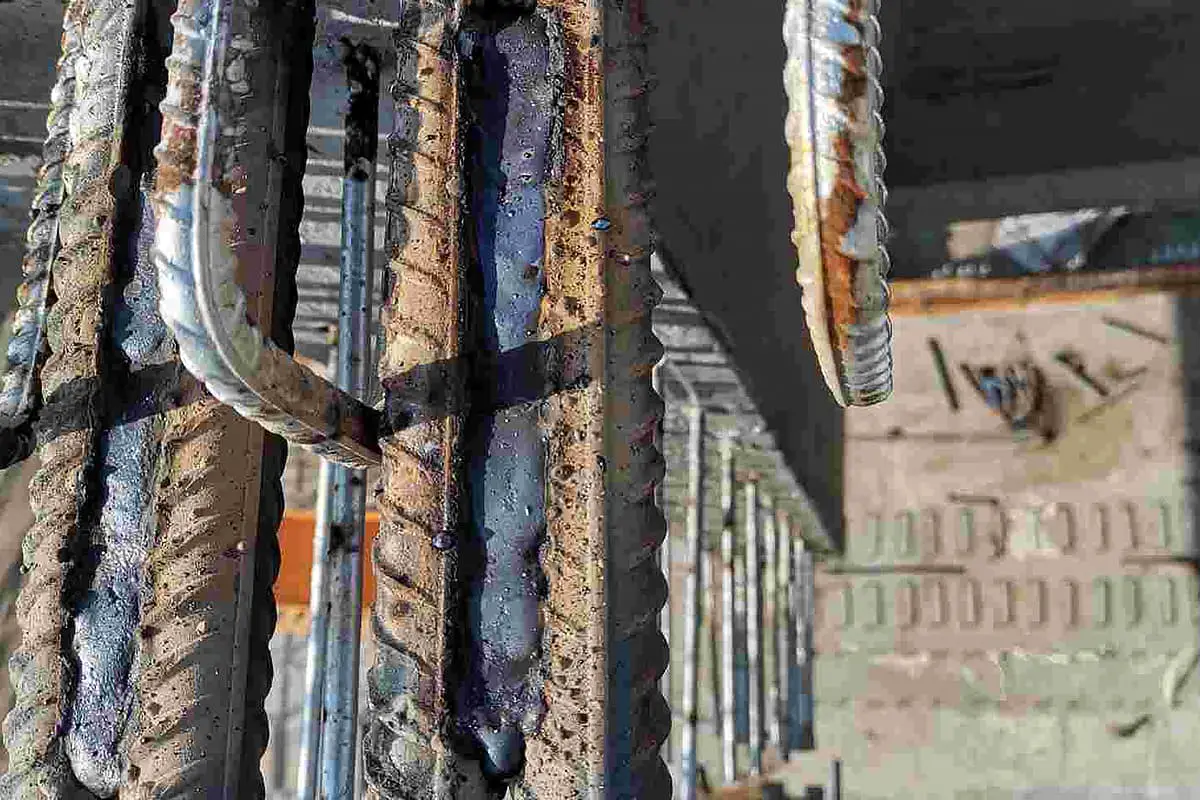Finest Practices for Preventing Weld Undercut: Grasping the Fundamentals
Finest Practices for Preventing Weld Undercut: Grasping the Fundamentals
Blog Article
Grasping the Art of Welding: Exactly How to Avoid Undercut Welding Issues for Flawless Fabrication Outcomes
By recognizing the root causes of undercut welding and implementing reliable techniques to avoid it, welders can elevate their craft to new degrees of excellence. In the search of flawless fabrication outcomes, understanding the art of welding to stay clear of undercut issues is not just an ability but a requirement for those aiming for excellence in their work.
Recognizing Undercut Welding

To protect against undercut welding, welders need to guarantee correct welding criteria, such as adjusting the existing, voltage, travel rate, and maintaining the appropriate electrode angle. By understanding the causes of undercut welding and carrying out precautionary measures, welders can attain high-grade, structurally sound welds.
Root Causes Of Undercut in Welding
Understanding the variables that add to undercut in welding is vital for welders to generate top quality, structurally sound welds. Insufficient welding wrong or present welding rate can additionally contribute to undercut. Comprehending these causes and applying appropriate welding techniques can aid avoid damaging concerns, guaranteeing strong and resilient welds.
Strategies to avoid Undercutting

To minimize the danger of undercutting in welding, welders can utilize strategic welding techniques aimed at improving the quality and integrity of the weld joints. In addition, using the proper welding method for the certain joint configuration, such as weave or stringer grains, can add to minimizing damaging.
In addition, correct joint prep work, including making certain tidy base products cost-free of contaminants and utilizing the appropriate welding consumables, is crucial in protecting against undercut issues. Using back-step welding strategies and controlling the weld bead profile can also help distribute warmth equally and minimize the threat of undercut. Routine evaluation of the weld joint during and after welding, along with implementing top quality assurance measures, can aid in spotting and resolving undercutting problems promptly. By carrying out these strategies vigilantly, welders can accomplish remarkable fabrication results with minimal undercut problems.
Value of Correct Welding Criteria
Picking and maintaining proper welding specifications is crucial for attaining effective welds with marginal issues. Welding parameters describe variables such as voltage, existing, take a trip rate, electrode angle, and securing gas circulation price that directly impact the welding process. These parameters should be thoroughly changed based on the kind of product being bonded, its density, and a fantastic read the welding method employed.
Proper welding criteria make certain the best amount of warmth is used to thaw the base steels and filler material uniformly. If the criteria are established expensive, it can bring about excessive heat input, causing distortion, burn-through, or spatter. On the other hand, if the parameters are as well low, insufficient combination, absence of infiltration, or undercutting might occur.
Quality Control in Welding Procedures

Verdict
In verdict, understanding the art of welding needs a comprehensive understanding of undercut welding, its reasons, and techniques to stop it. By guaranteeing correct welding criteria and applying top quality guarantee methods, flawless fabrication results can be attained. It is necessary for welders to constantly pursue excellence in their welding procedures to stay clear learn the facts here now of undercut problems and create premium welds.
Undercut welding, a common defect in welding procedures, occurs when the weld metal does not effectively fill up the groove and leaves a groove or depression along the bonded joint.To stop undercut welding, welders ought to make certain appropriate welding parameters, such as changing the current, voltage, traveling speed, and keeping the right electrode angle. Inadequate welding inaccurate or current welding rate can also add to damage.To reduce the risk of undercutting in welding, welders can use tactical welding strategies aimed at boosting the quality and stability of the weld joints.In verdict, grasping the art of welding calls for a complete navigate here understanding of undercut welding, its causes, and methods to stop it.
Report this page